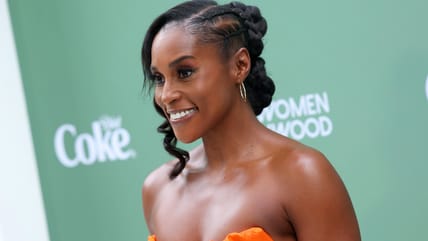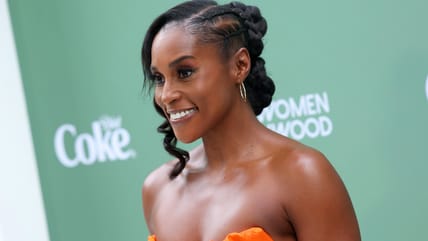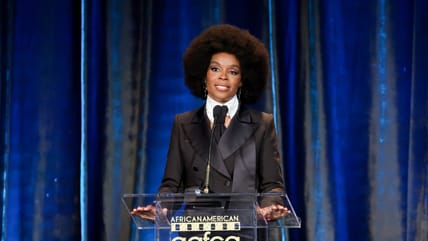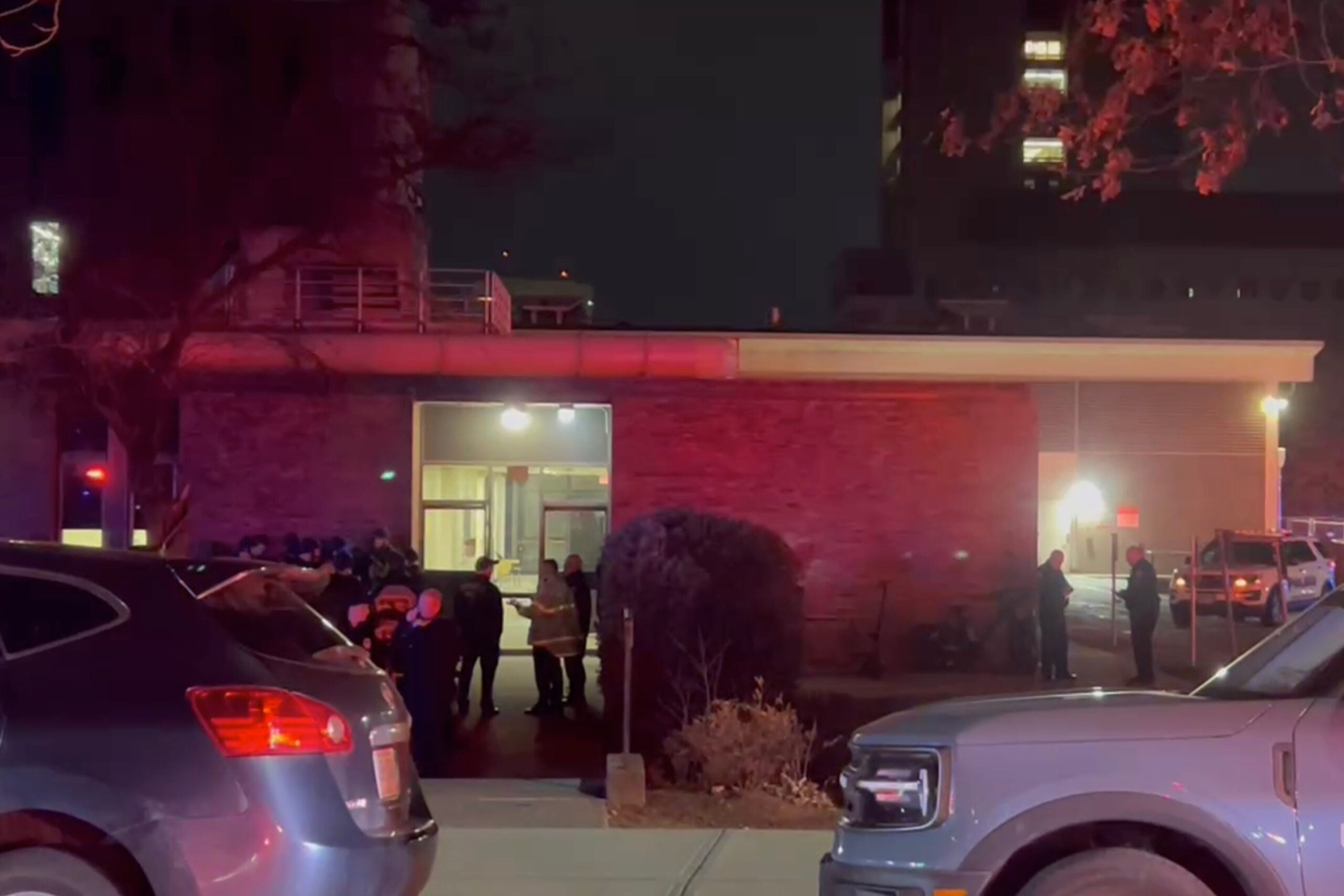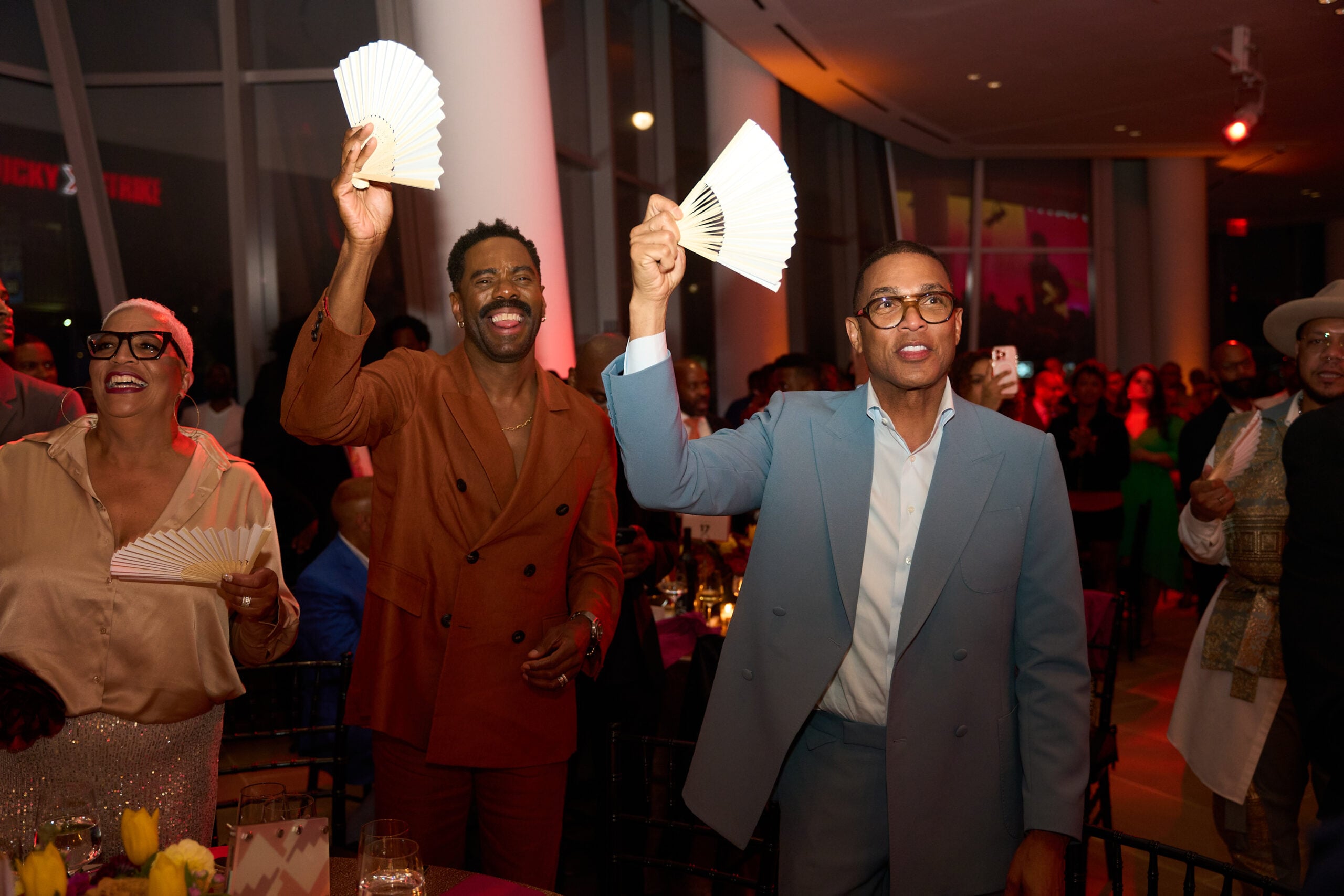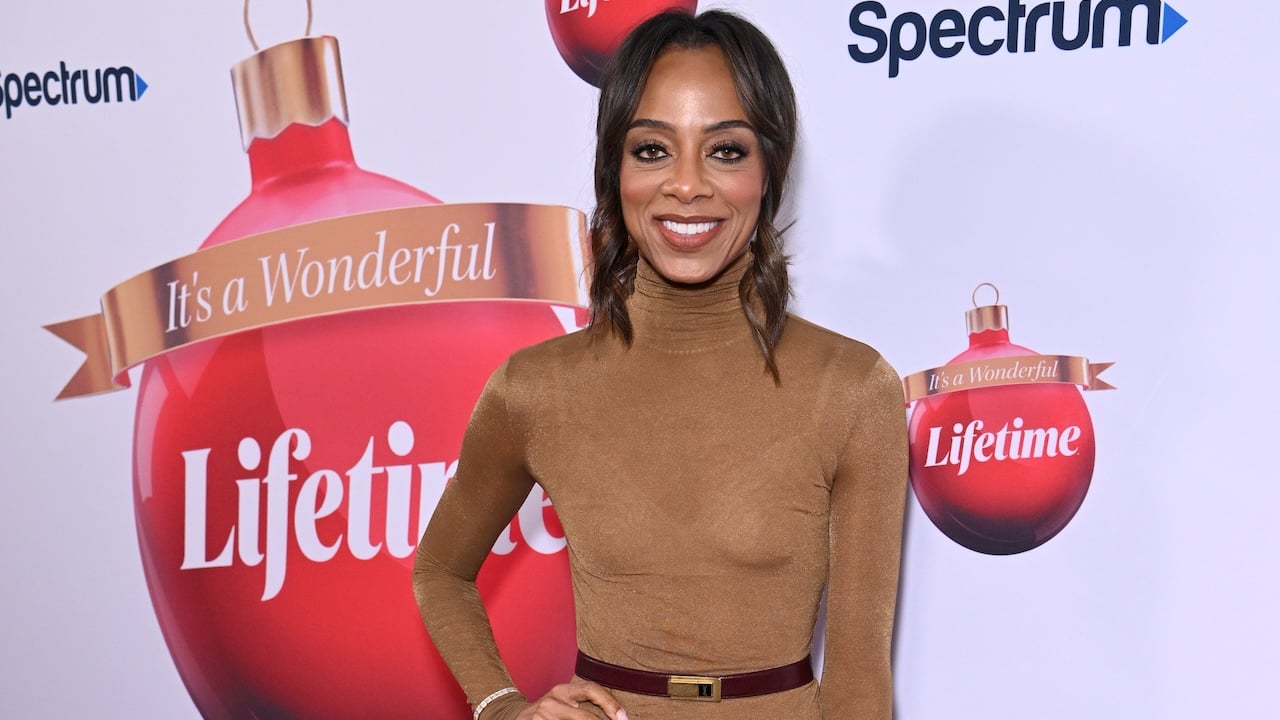Editor’s note: The following article is an op-ed, and the views expressed are the author’s own. Read more opinions on theGrio.
On March 30, the New York Times dropped a story titled, “At Black Colleges, a Stubborn Gender Enrollment Gap Keeps Growing,” which discusses a pretty commonly understood occurrence on the campuses of historically Black colleges and universities (HBCUs): there are significantly more Black women enrolled than Black men. At least it’s understood for those of us who attended HBCUs; I suppose this information could be brand new for both Black people who don’t attend HBCUs and, well, everybody else.
In this particular profile, Howard University is the center of the article’s universe, and the piece opens up with a pretty fascinating statistic, “Howard, one of the most elite historically Black colleges and universities in the nation, is only 25% men — 19% Black men.” The rest of the article goes into depth into what this can mean for the Black community at large (not just Howard but the dearth of Black men in college), Black women specifically in terms of financial burdens and marriage prospects, and what that statistic looks like in real-time for the students at Howard. There are a lot of takeaways from the article that are worth discussing, but I’ll focus on a few thoughts that I had after reading it.
1. I do not mean this dismissively, but there isn’t anything in this article that students at ANY HBCU don’t already know.
I don’t mean that this article is useless or a waste of anybody’s time—our stories need more telling; shouts out to the reporter Clyde McGrady—but I was having a conversation about everything covered in this article with my fellow classmates at Morehouse College and Spelman College in the late ’90s and with my students at Howard University in the 2020s. Apparently, the gender enrollment gap is growing, and that feels insane because it felt HUGE when I was a college student. Shoot, for a GREAT many of us men who went to HBCUs, an actual selling point was that there are three women for every one man no matter what HBCU you attend. And I’m not even close to joking.
2. With that said, as an adult, I do look at those things with a lot more perspective and concern.
When I was a college student, I didn’t really think about the long-term implications of that huge gap between the number of Black men versus Black women enrolled in college. Selfishly, I just thought it meant that I should be able to find a partner. As an adult, though, I have seen how that gap has impacted life for many Black women I know. I know a substantial number of Black women who are in their late 30s and 40s with very few prospects for marriage. Sure, there are many factors that can impact a person’s ability to couple with somebody, but not having people to be incompatible with in the first place is a problem. When I was 23, I figured it would all work itself out for all of my friends in the marriage/relationship department; at 45, that reality looks a lot more dire. And yes, women can choose to marry men who do not have the educational attainment they have, but if we are to believe that educational attainment leads to better financial prospects, then it’s safe to say that Black women, who continue to outpace even white women for lifetime earnings, are left to carry the financial burden of a household, which, if we’re being honest, traditionally, can come with its own issues.
3. Using Howard as a focal point is interesting, but it is also right on the money.
As a person who has taught classes at Howard University from a limited sample size of four semesters, I can verify that statistic. Of the four classes I’ve had, one didn’t have a single male student. The others averaged two and a maximum of four for classes of roughly 16-18 students. Now, in my class it hasn’t hampered or impacted the class in any way, and I’d wager in most it doesn’t, either. But it was immediately noticeable, and as I said, I’m an adult now, looking out into the future and seeing how so few male students are going to impact the future. I’ve spoken to my female students about how they view dating at Howard, and well, let’s just say they view it the same as it was viewed down in the AUC in the ’90s—the guys are at a significant advantage, and everybody knows it.
4. I have no proof of this, but I’d bet that the creator economy has had a significant impact on this conversation.
I cannot tell you how often I’ve heard students–those I know at Howard and those that I know through my college-aged nieces and nephews, tell me that their goal is to “make money” and “grind.” This is typically in response to me asking what they intend to do with their majors. Short answer, they have no clue. Meanwhile, I know plenty of people who put content creator (more likely they put “entrepreneur”) on their tax forms and have foregone traditional means of education because that YouTube money is right there. I’m not saying that Black men are deciding not to go to college because of Instagram, but college has already lost some of its luster; the opportunity to make money from your phone while stacking paper and avoiding class sounds alluring even to me, a Black man with multiple degrees. There’s already pressure to make money to keep up with the legendary Joneses, but if you don’t see the value in college and it costs $50,000 or more to attend anyway, you might be willing to forego it for the quick dollars that seem to come with being an Instagram celebrity, no matter how short that job lifespan might be.
5. If you don’t see people who look like you doing all manner of things, you might not realize that you can do them.
I know that sounds cheesy, but to me, this article gets at one important thing that I think most of us understand: representation matters. The article says that the health care industry WANTS more Black people in the field. There are lots of studies that show the impact of Black men teaching. When you don’t see yourself represented in those spaces any longer because Black men just aren’t going down those roads anymore, it significantly changes the landscape of the Black community and our aspirations.
6. I have no idea how to address this problem.
I’m guessing nobody else does either because if somebody knew how to get the numbers of Black men up in college, they’d do it. I do know, though, that the cost of college isn’t helping at all. When I went to Morehouse College, it was about $16,000 per year. Now, according to the website, Morehouse costs about $56,000. That means the four-year education is going to run at least $150,000, assuming you move off campus and eat a college diet for the last three years. That isn’t attractive to anybody. But it is a problem that needs addressing because, as the article implies, the Black family, Black wealth, and Black community are dependent on it.
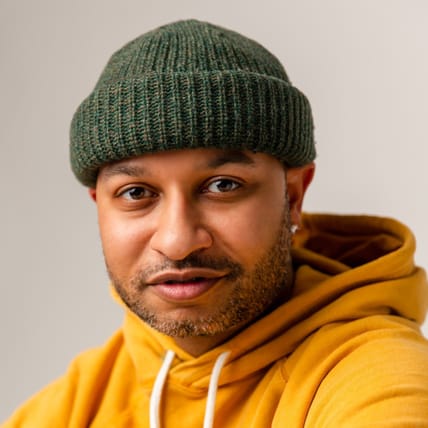
Panama Jackson is a columnist at theGrio and host of the award-winning podcast, “Dear Culture” on theGrio Black Podcast Network. He writes very Black things, drinks very brown liquors, and is pretty fly for a light guy. His biggest accomplishment to date coincides with his Blackest accomplishment to date in that he received a phone call from Oprah Winfrey after she read one of his pieces (biggest) but he didn’t answer the phone because the caller ID said “Unknown” (Blackest).


